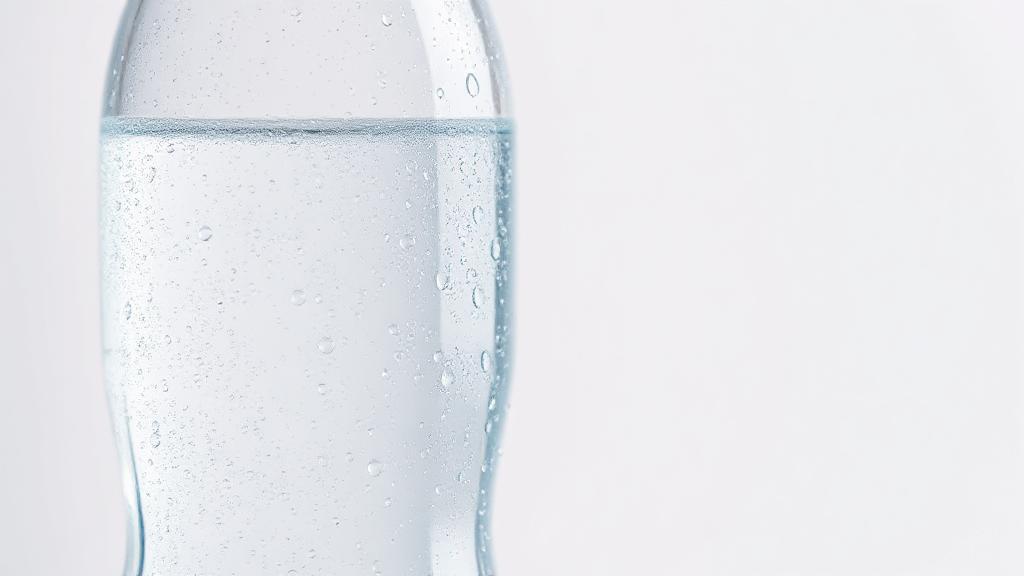Introduction
In our quest for a healthier lifestyle, many of us have adopted the habit of carrying a reusable water bottle. It's an eco-friendly choice that keeps us hydrated throughout the day. However, maintaining the cleanliness of your water bottle is crucial for optimal hygiene, as water bottles can become breeding grounds for bacteria, mold, and other microorganisms.
Why Clean Your Water Bottle?
According to a study by Treadmill Reviews, reusable water bottles can harbor more bacteria than:
- A kitchen sink
- A dog's food bowl
- A computer mouse
- A toilet seat
Common Contaminants
- Bacteria: Such as E. coli and Salmonella, which can cause gastrointestinal issues
- Mold: Thrives in moist environments and can lead to respiratory problems
- Biofilm: A slimy layer that can form inside the bottle, harboring various pathogens
Warning Signs Your Bottle Needs Cleaning
- Unusual odors
- Visible buildup or slime
- Changes in water taste
- Discoloration around the rim or inside
- Mold spots (especially around the lid)
How Often Should You Clean Your Water Bottle?
Daily Maintenance
At minimum, you should rinse your water bottle with warm water at the end of each day. This helps remove any residue and prevents bacterial buildup overnight. If you're using your bottle for beverages other than water, such as sports drinks or juice, daily cleaning becomes even more crucial.
Weekly Deep Cleaning
In addition to daily rinsing, a weekly deep clean is advisable. This involves using soap and hot water or a mixture of vinegar and baking soda to thoroughly clean the bottle and its components.
Special Circumstances
Clean immediately after:
- Sick days
- Sharing with others
- Using sugary drinks
- Outdoor activities where dirt may have entered the bottle
Cleaning Methods
Basic Cleaning
- Disassemble all parts
- Wash with warm, soapy water
- Use a bottle brush to scrub thoroughly
- Rinse completely
- Air dry with all parts separated
Deep Sanitizing
For monthly deep cleaning or after illness, use one of these methods:
-
Vinegar Solution
- Mix equal parts water and white vinegar
- Soak for 15-30 minutes
- Rinse thoroughly
-
Bleach Solution
- Mix 1 teaspoon of bleach per gallon of water
- Soak for 2 minutes
- Rinse extremely well
Material-Specific Considerations
Stainless Steel
- Can handle hot water cleaning
- Dishwasher safe (usually)
- Avoid abrasive cleaners
- Durable and less prone to retaining odors
Plastic
- Use cooler water to prevent warping
- Check if dishwasher safe
- Replace every 6-12 months
- Lightweight but can retain odors and stains
Glass
- Dishwasher safe
- Can handle hot water
- Most durable option
- Easy to clean but fragile
Professional Recommendations
The International Association for Food Protection suggests implementing these habits:
- Never leave water in the bottle overnight
- Store bottles completely dry
- Clean immediately after exercise
- Replace damaged bottles promptly
- Use bottle-specific cleaning brushes
For more information on maintaining hygiene and health, consider visiting resources like the Centers for Disease Control and Prevention (CDC) or the World Health Organization (WHO). Stay hydrated and stay healthy!
